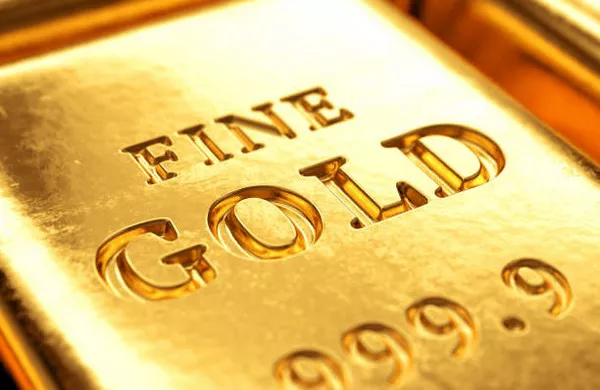In the realm of precious metals, gold and silver hold a unique allure, captivating investors, collectors, and enthusiasts alike. One common misconception, however, surrounds the magnetic properties of these precious metals. Many wonder whether gold or silver will exhibit magnetic behavior and adhere to a magnet. In this article, we delve into the scientific aspects of magnetism, explaining the fundamental principles that govern the interaction between magnets and metals, and ultimately demystifying the notion that gold or silver can be attracted to a magnet.
Understanding Magnetism:
Magnetism is a fundamental property of certain materials, arising from the alignment of their atomic or molecular magnetic moments. In simpler terms, it is the ability of a substance to attract or repel other materials. Metals can be broadly categorized into two groups concerning their magnetic properties: ferrous (magnetic) and non-ferrous (non-magnetic).
Ferrous metals, such as iron, nickel, and cobalt, are inherently magnetic due to their atomic structure and the presence of magnetic domains. These metals are attracted to magnets and can be magnetized. On the other hand, non-ferrous metals, including gold and silver, lack the magnetic properties seen in ferrous metals.
Gold and Silver’s Non-Ferrous Nature:
Gold and silver are both classified as non-ferrous metals. This designation means they do not contain the magnetic domains found in ferrous metals, making them resistant to magnetization. The atomic structure of gold and silver does not facilitate the alignment of magnetic moments, and as a result, they do not exhibit any magnetic attraction.
Conductivity and Diamagnetism:
While gold and silver do not possess ferromagnetic properties, they do showcase other interesting characteristics. Both metals are highly conductive, with silver being one of the best conductors of electricity. This electrical conductivity is a result of the free movement of electrons within the metal lattice, allowing the easy flow of electric current.
Moreover, gold and silver display diamagnetic properties. Diamagnetism is a type of magnetism that is induced when a material is placed in an external magnetic field. Unlike ferromagnetic materials, which are attracted to magnets, diamagnetic materials are repelled. Gold and silver, being diamagnetic, will exhibit a weak repulsion when exposed to a strong magnetic field.
Testing Gold and Silver with Magnets:
To dispel the myth surrounding gold and silver’s magnetic properties, practical experiments can be conducted. Using a strong neodymium magnet, one can observe the non-ferrous nature of these precious metals. When a gold or silver object is brought close to the magnet, there is no noticeable attraction. This reaffirms the scientific understanding that gold and silver are indeed non-magnetic metals.
Factors Contributing to Misconceptions:
Several factors contribute to the perpetuation of the myth that gold or silver might be attracted to magnets. One such factor is the occasional presence of other magnetic materials in gold or silver jewelry, such as clasps, that may create the illusion of attraction. Additionally, impurities or alloying elements in precious metal items can sometimes introduce magnetic properties, leading to confusion.
Misinformation and folklore also play a role in shaping perceptions. Stories and anecdotes suggesting the magnetic nature of gold and silver may circulate, adding to the misconception. It is essential to rely on scientific principles and empirical evidence to dispel such myths and foster a more accurate understanding of the properties of precious metals.
Practical Applications of Non-Magnetic Properties:
The non-magnetic nature of gold and silver has practical implications in various industries. In electronics, the conductivity of these metals is harnessed for their use in circuitry, connectors, and other components. Their non-magnetic characteristics are crucial in applications where magnetic interference could disrupt electronic devices.
In the medical field, gold’s diamagnetic properties have been leveraged for applications such as magnetic resonance imaging (MRI). The absence of magnetic attraction ensures that gold implants or particles do not interfere with the magnetic fields used in imaging procedures.
See Also Does Silver Go Up During Inflation? All You Need to Know
Conclusion:
In conclusion, the idea that gold or silver can be attracted to a magnet is a misconception rooted in a lack of understanding of the fundamental principles of magnetism. Gold and silver are non-ferrous metals, meaning they lack the magnetic properties seen in ferrous metals like iron. While they may exhibit weak diamagnetic repulsion, they do not adhere to magnets in the way ferrous metals do.
It is crucial to rely on scientific knowledge and empirical evidence to dispel myths and misconceptions surrounding precious metals. Understanding the unique properties of gold and silver not only enriches our knowledge but also enables us to appreciate the diverse applications of these metals in various industries.


